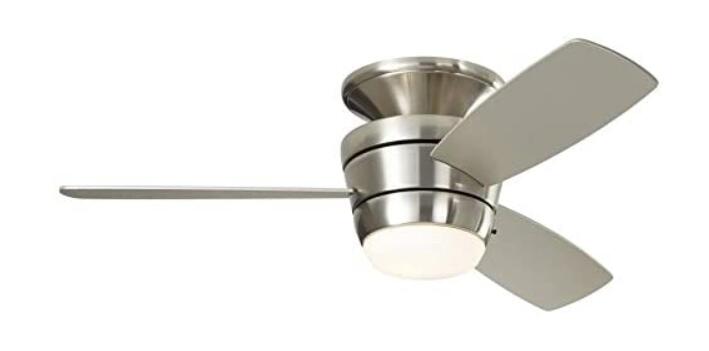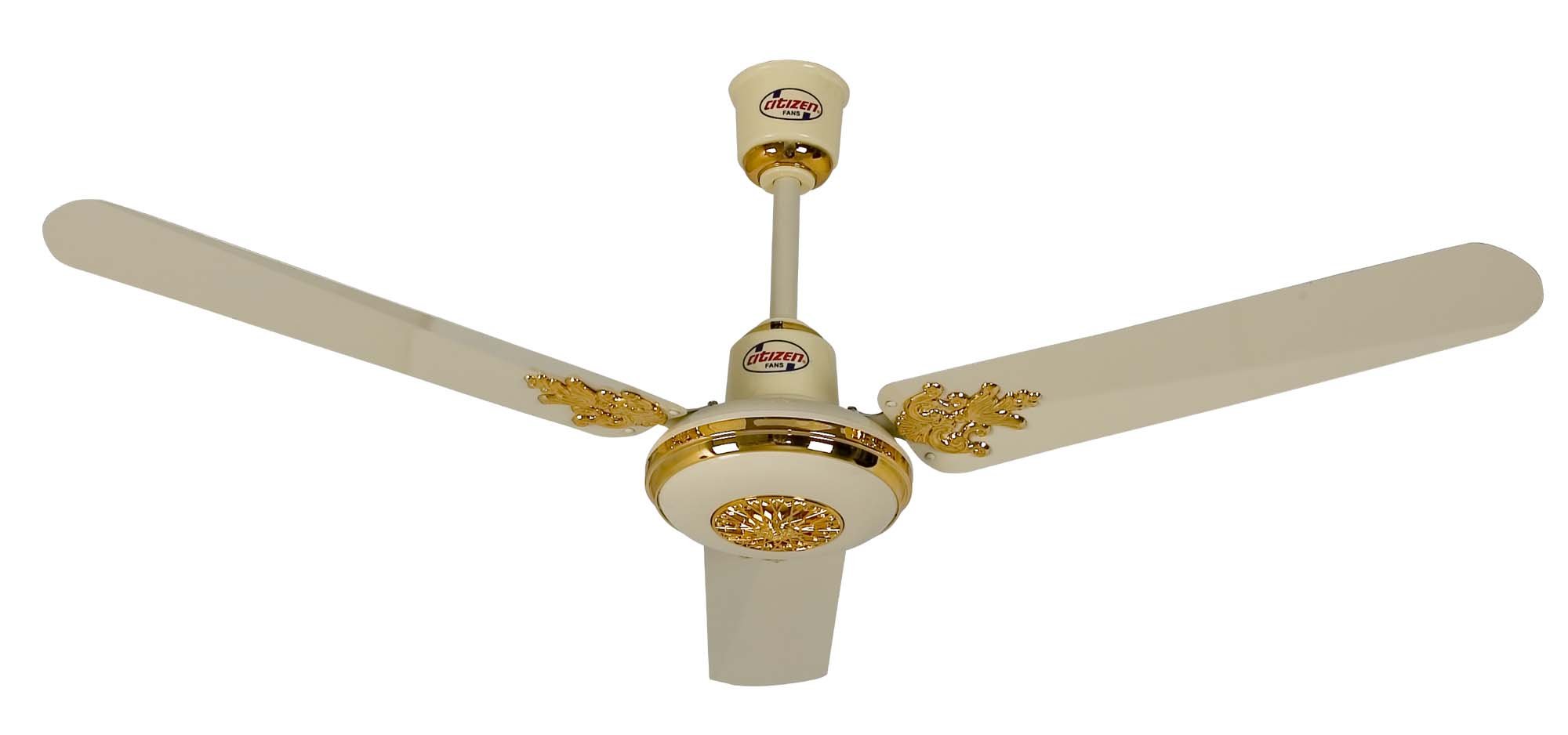


It can also be connected to voice assistants like Alexa and Google Home for voice control. In addition to the remote control, you can control the fan via a mobile app. The remote uses SenseMe technology to detect the temperature and humidity in the room and runs the fan according to a set of preset conditions.
#Airflow of ceiling fans Bluetooth
It has Bluetooth remote control for basic controls as well as sensor-based automation. Speaking of speed controls, the fan comes with many options. Due to this, the fan has an airflow efficiency rating of 248CFM/W, and it is Energy Star certified. The i6 ceiling fan uses an EC motor, which is more efficient than a DC motor. This feature provides a constant breeze throughout the room. This is a low-speed high-volume fan it runs slower but moves large volumes of air. This fan delivers a high CFM of 9676 at its highest speed. There are six blades on this fan, and the fan has a total span of 60 inches. The i6 ceiling fan has a very modern design with helicopter-like fan blades. This is an excellent fan with many features compared to the rest of the fans on this list. It is suitable for garages with up to 400 square feet of floor area. Like the name says, this is a big ass fan for garages. Hunter Fan Company 59262 Cassius collection Given below is my curated list of quiet ceiling fans I found best for garages of different sizes Fan Model This comparatively low-speed operation makes them quieter. But since ceiling fans have larger blade spans, they can provide the same airflow at a lower speed. High-velocity fans, including wall-mounted fans, are noisy. You can also use wet-rated fans.Īnother good thing about using ceiling fans in a garage is that they are quieter than other types of fans. That means those fans should be able to withstand moisture. But since garages are likely to have moisture in them, the fans used in them are recommended to be damp rated. Ceiling fans are installed on the ceiling of the garage obviously. Talk to our fan experts to help choose the right ceiling fan for you.You can use many types of fans in a garage one of them is ceiling fans. Explore the differences between high speed and high flow ceiling fans now! Superfan Super Q fan size ranges 24” to 60” Parameter The question must be changed to ‘how does Super Q deliver more airflow than a regular fan?’ The answer would be the shape of Super Q blade is more efficient in moving air than a regular fan blade so for the same energy more air flow is delivered. The argument above has made this question irrelevant as RPM should not be used alone to compare two fans. How does Super Q ceiling fan of Superfan delivers higher airflow than regular fans while operating at a lower RPM? Typically, the ceiling fans have 3 blades as it is the optimal number for the cost and the performance. The increase in the number of blades reduces the RPM required, making the fan quieter for the same airflow.

The number of blades is correlated with the blade area, a certain blade area can be split into more than one blade depending on the aesthetics and cost. A designer usually compensates for the losses in performance in this parameter elsewhere as the aesthetics determine the shape(area) of the blade. An increase in blade area increases the airflow and the power consumed. The blade area is the area of the fan blade’s face that is meeting the air while the fan is rotating. Ceiling fan blade sizes (24”to 60”) Blade Area The operational RPM of the fans decreases with the increase in the blade length, making it quieter.

The increase in power consumed may require a stronger motor so there is a trade-off for increasing the length of the blade. Increasing the blade length by 10% increases the airflow by 33% and the power consumed by 50%. The blade size is the length of the blade (It is typically the diameter of the fan minus the diameter of the motor). Illustration representing flatter and steeper blade pitch Blade size Designers play with these angles to develop a shape that delivers the required performance. The blade design is usually governed by the angle of attack, blade twist, and blade pitch. Also, the installation of a ceiling fan with proper placement and clearance impacts airflow. There are other parameters of the fan design such as blade angles, blade size, blade area, number of blades. RPM vs Airflow Illustrationīut the speed of a fan is not the only parameter that influences the airflow, and it is wrong to compare two fans by their RPM alone. Though, it is true that when the speed (RPM) of a fan increases by 10%, the airflow increases by 10%. There is a misconception of relating airflow to only the speed of a fan (RPM). The primary use of ceiling fans is to offer the desired thermal comfort by delivering sufficient airflow.


 0 kommentar(er)
0 kommentar(er)
